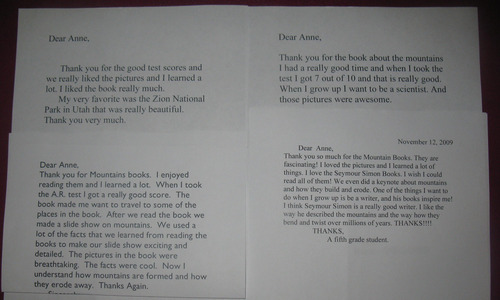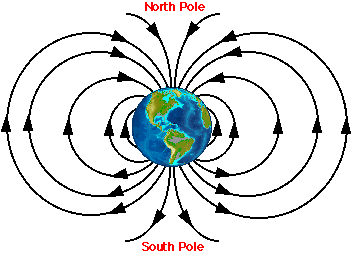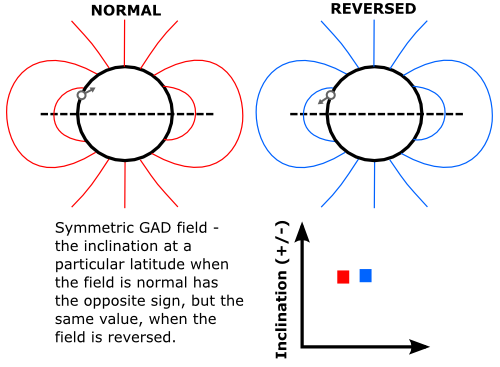![]() In October, we happily took part in the DonorsChoose Social Media Challenge, teaming up with All of My Faults are Stress-Related and Eruptions to create a geoblog generosity trifecta. We got amazing results, with geoblogs readers giving $8660 to our challenge.
In October, we happily took part in the DonorsChoose Social Media Challenge, teaming up with All of My Faults are Stress-Related and Eruptions to create a geoblog generosity trifecta. We got amazing results, with geoblogs readers giving $8660 to our challenge.
Part of that money was contributed by a generous match from HP, and they have distributed giving codes to all challenge donors. If you gave to a DonorsChoose challenge in October, check your email for a link to put that HP match into action. All you have to do is follow the link, select the project(s) of your choice, and spend HP’s money.
Chris, Kim, and I also promised you that we would write 5 posts of you choice, but so far we’ve only gotten suggestions from three people. Suggest away and give us some inspiration to post here.
Finally, I wanted to share with you the most wonderful thanks I’ve gotten for contributing to the challenge. Donors who give $100 to a single project, or contribute the amount needed to fully fund the project, get a packet of thank you letters from the students. I helped complete a project that gave copies of Seymour Simon’s book Mountains to a classroom in Utah. Here are a sampling of the thank you letters I received:

(Click to enlarge.)
The Authors
Search this blog
Categories
Archives
-
Recent Posts
- No chatbots please, we’re scientists
- Golden spike or no golden spike – we are living in the Anthropocene
- We are late bending the climate change curve – but bending it still matters
- The changing picture of the Martian core
- Rivers might not need plants to meander
- Has Earth’s mantle always worked like it does today?
- How the UK’s tectonic past is key to its seismic present
- A new recipe for Large Igneous Provinces: just add BIF, then wait a couple of hundred million years
-
Recent Comments
For lot's more videos on soil moisture topics, see Drs Selker and Or's text-book support videos https://www.youtube.com/channel/UCoMb5YOZuaGtn8pZyQMSLuQ/playlists
[…] Announcing STORMS | Highly Allochthonous on Recent News […]






Nice plan for content warnings on Mastodon and the Fediverse. Now you need a Mastodon/Fediverse button on this blog.